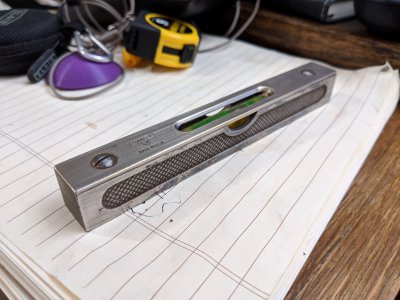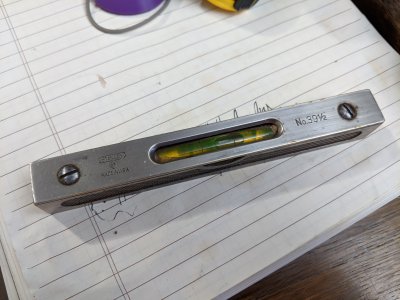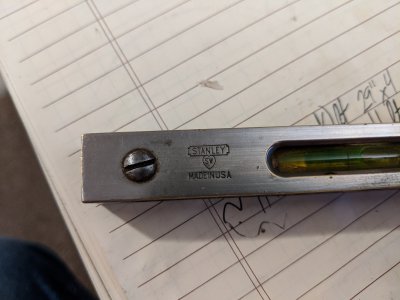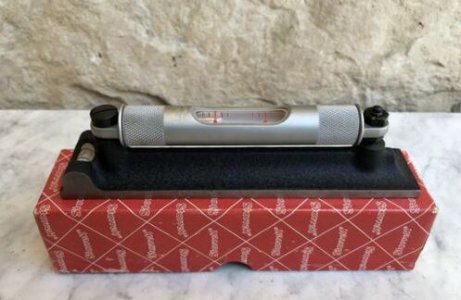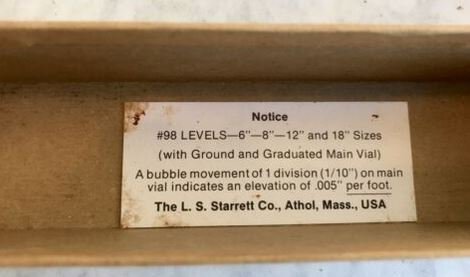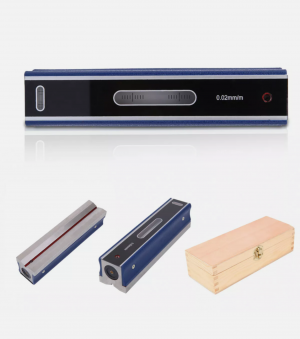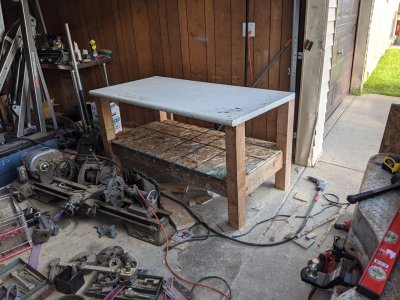- Joined
- May 3, 2020
- Messages
- 99
What is everyone's preferred minimum accuracy for a machinist level? I see the Starrett 98 mentioned a lot which I believe is .005" per graduation on the vial. I know quality measuring equipment isn't cheap, but my budget is unfortunately tight (laid off due to covid related slowdowns), so I was wondering if anyone has any experience with other levels and what accuracy is really useful for the home shop. Something tells me a .0005 level might just lead to ripping hair out in the garage! 
I was looking on eBay and found a 4" Stanley No. 34 for a reasonable price, it looks very similar to a Starrett 98 but I can't find any published statistics on the accuracy of that model. There are also plenty of Stanley No. 36, 37, and 237 on eBay which have adjustable precision ground glasses, but are marketed more towards high precision carpentry and plumbing, etc. in vintage Stanley catalogs. So what levels are everyone using for their machines?
Just for showing off's sake, here's my newest level that I purchased on a whim before realizing it wasn't nearly precise enough.
It's a Stanley No. 39 1/2, 6" long, marketed as a machinist level in their catalog but definitely more suited to general leveling tasks, it may be more precise than a similar carpenter's level, as the glass seems significantly longer to me and it is enclosed in a heavy cast iron body. However it lacks adjustability and fine graduations for precision leveling, as well as the glass not being precision ground. It is very pretty though! The logo dates it as being from 1922-1935.

I was looking on eBay and found a 4" Stanley No. 34 for a reasonable price, it looks very similar to a Starrett 98 but I can't find any published statistics on the accuracy of that model. There are also plenty of Stanley No. 36, 37, and 237 on eBay which have adjustable precision ground glasses, but are marketed more towards high precision carpentry and plumbing, etc. in vintage Stanley catalogs. So what levels are everyone using for their machines?
Just for showing off's sake, here's my newest level that I purchased on a whim before realizing it wasn't nearly precise enough.
It's a Stanley No. 39 1/2, 6" long, marketed as a machinist level in their catalog but definitely more suited to general leveling tasks, it may be more precise than a similar carpenter's level, as the glass seems significantly longer to me and it is enclosed in a heavy cast iron body. However it lacks adjustability and fine graduations for precision leveling, as well as the glass not being precision ground. It is very pretty though! The logo dates it as being from 1922-1935.
Attachments
Last edited:


